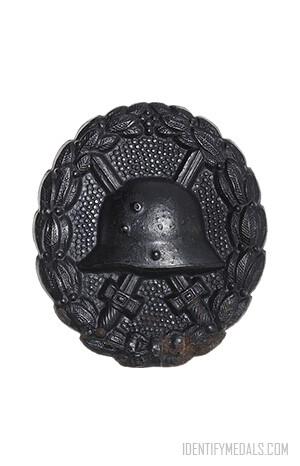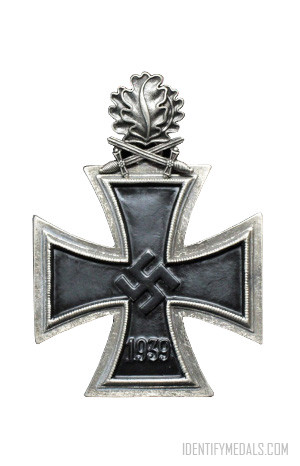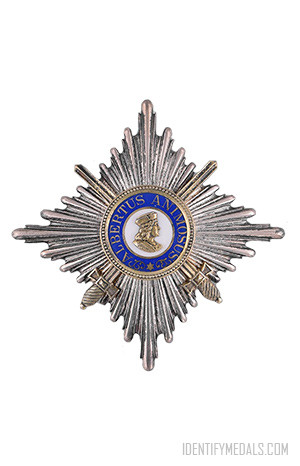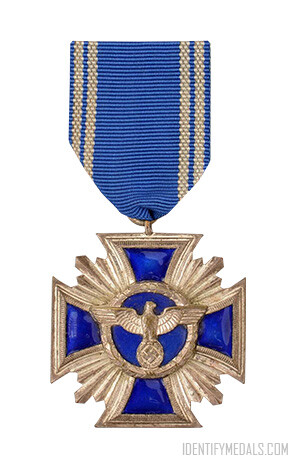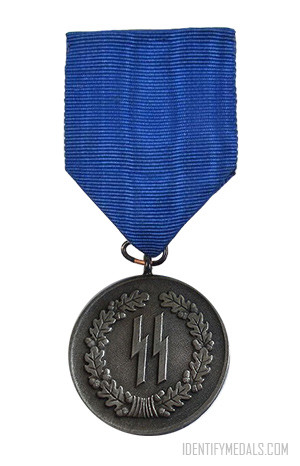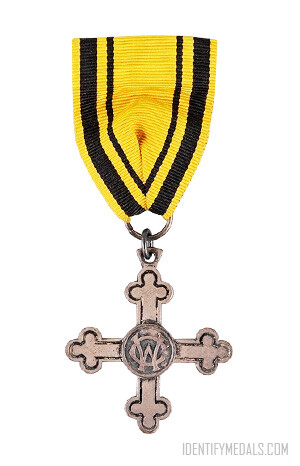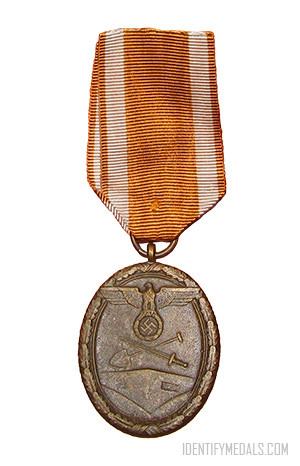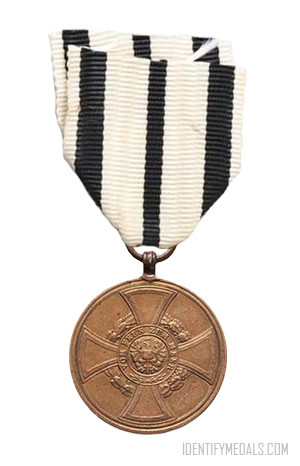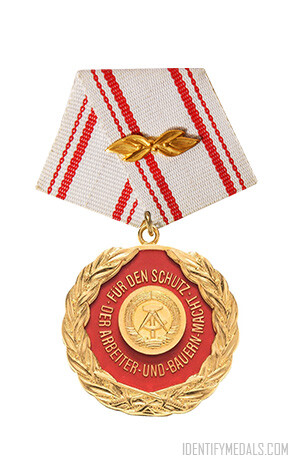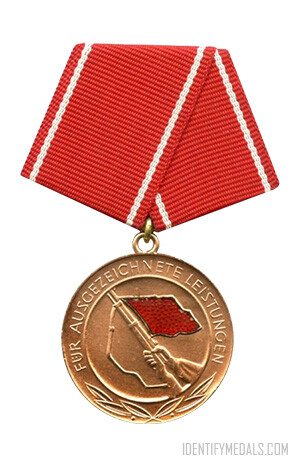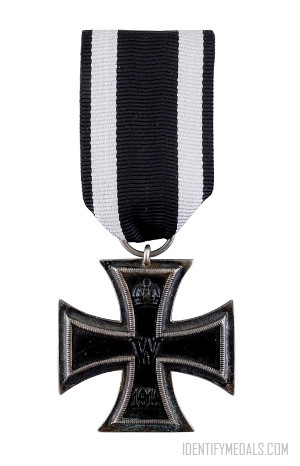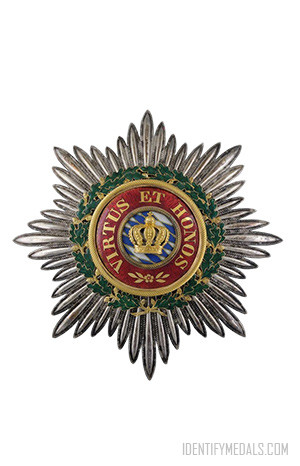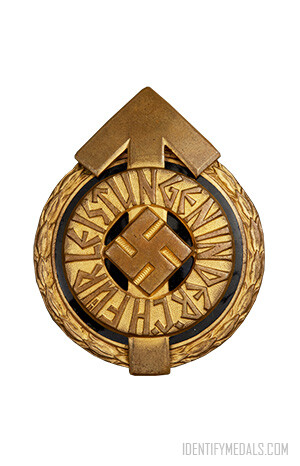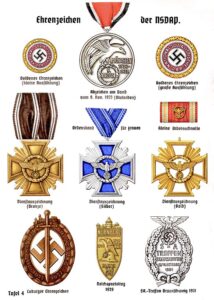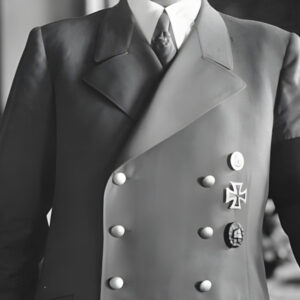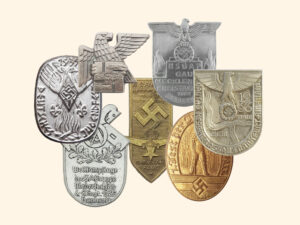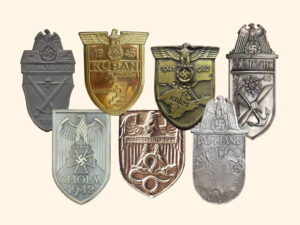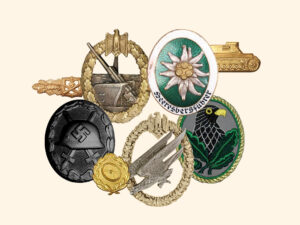- Time Period: World War I
- Institution: 3 March 1918
- Country: Germany
The Wound Badge (or Verwundetenabzeichen in German) is a military decoration initially awarded to wounded or frostbitten soldiers of the Imperial German Army during World War I and first promulgated by Wilhelm II, German Emperor on 3 March 1918.
The badge was a tangible acknowledgment of the physical sacrifices made by soldiers. By awarding the Wound Badge, the German military aimed to honor those who had been injured while performing their duties on the battlefield.
Given the stringent criteria, obtaining a Wound Badge required the soldier to have been in active combat and sustained verifiable injuries directly from enemy action. For the higher classes of the badge (silver and gold), multiple wounds were required. Surviving and continuing to fight after receiving multiple serious injuries was a testament to the soldier’s resilience and the harsh conditions of the war.
The Wound Badge Classes and Criteria for Awarding
The badge had three classes:
- Black (3rd class, representing Iron), awarded for those wounded once or twice by hostile action;
- Silver (2nd class) for being wounded three or four times; and
- Gold (1st class, could be awarded posthumously) for five or more times wounded.
To be eligible for the Wound Badge, a soldier had to sustain injuries in combat or as a result of hostile action. This included:
- Gunshot wounds
- Shrapnel injuries
- Chemical burns from gas attacks
- Severe frostbite injuries
- Injuries from close combat
The injuries had to be verified and documented by medical personnel. This often involved official medical reports and the approval of the soldier’s commanding officer. The documentation process ensured that only genuine and significant injuries were recognized. When a severe wound occurred, such as loss of a limb or eyesight, the silver badge was awarded.
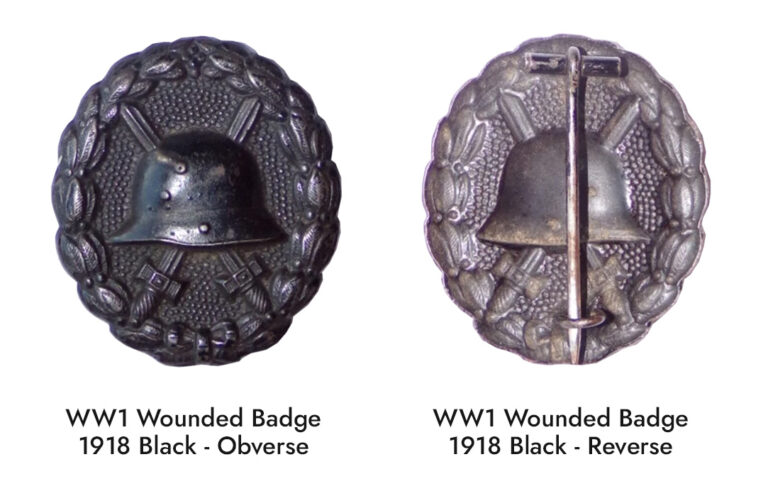
The WW1 Wound Badge Design
All Wound Badges were made of pressed steel, brass and zinc, and were worn on the lower left breast of the uniform or tunic.
There were 24 approved manufacturers of the Wound Badge. The first Wound Badge is Black and was stamped from sheet brass, painted semi-matte black with a hollow reverse pin back attachment or of solid construction. From 1942 onwards, steel was used to make the badges (Wound Badge 1945). The Wound Badge in silver was made from silver-plated brass and/or lacquered zinc.
The Wound Badge in Gold was a gilded version of the Wound Badge in Silver. In 1957, a revised version of the Wound Badge was authorized for wear; however, the previous type could still be worn if the swastika were removed (for example by grinding).

